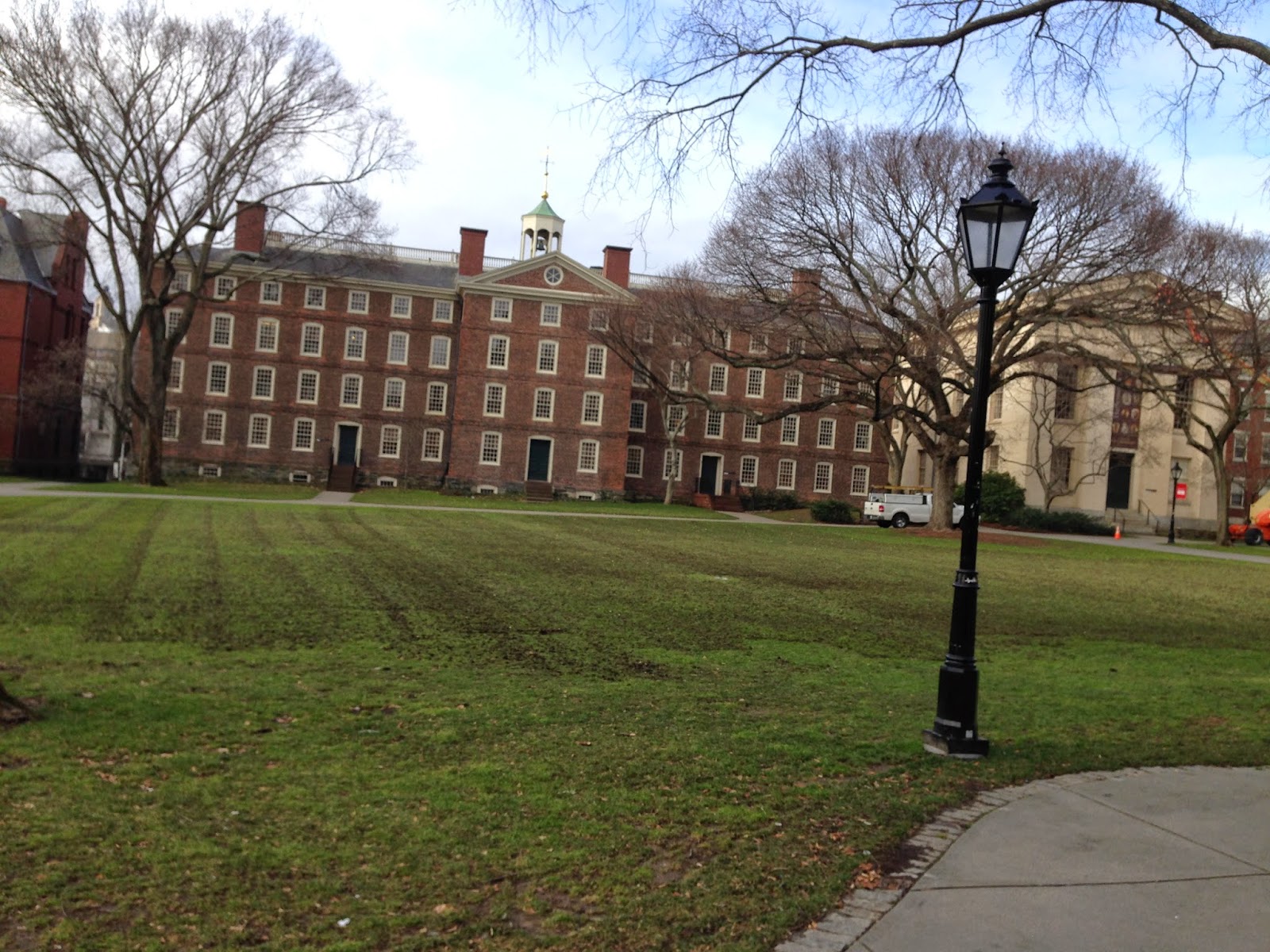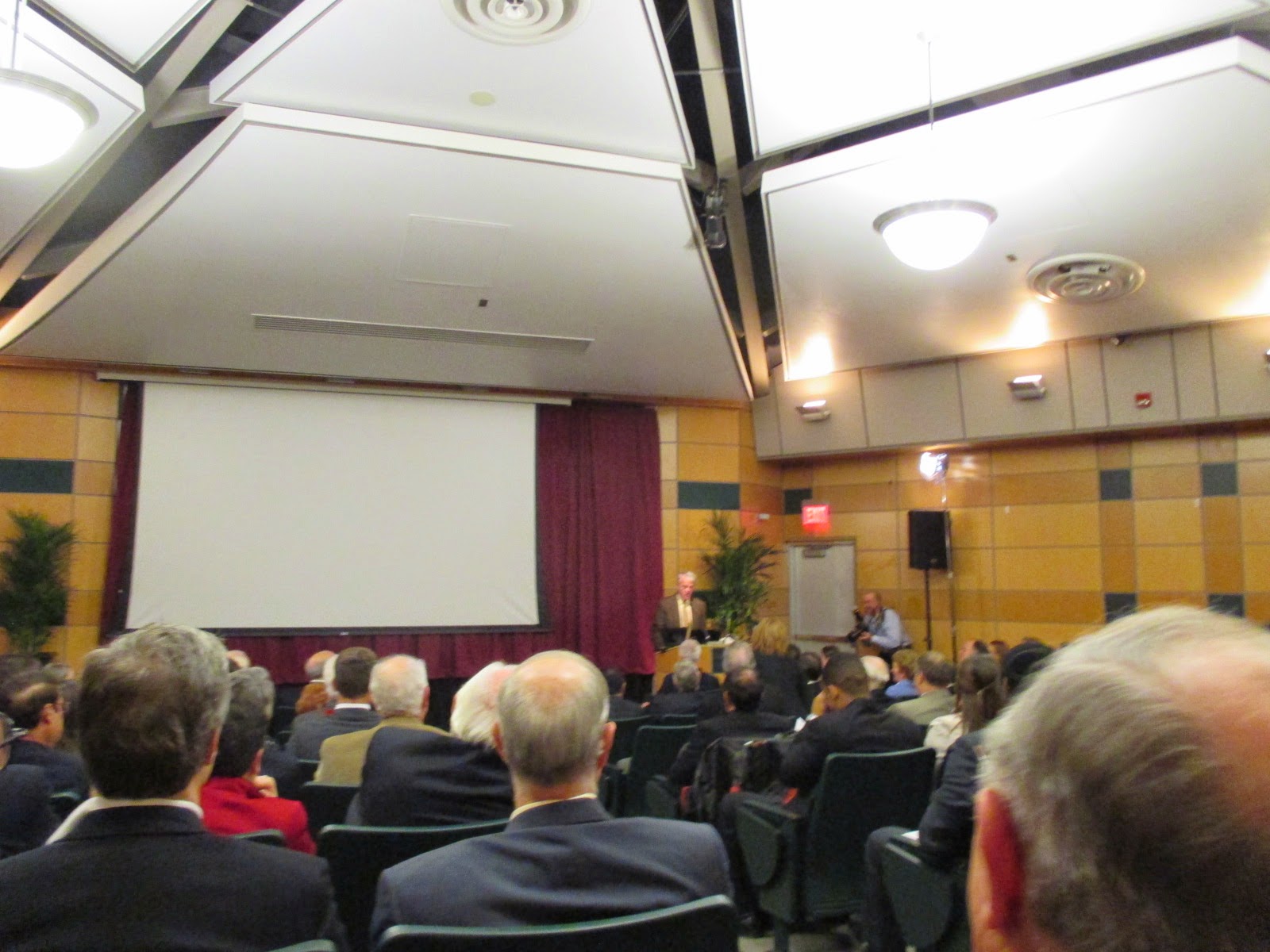Also, as the first half of the academic year draws to a close, there have been many mailings, both in electronic and hardcopy form, of various newsletters.
I have in the past several days received the Fall 2014 newsletter of the Transportation & Logistics Society of INFORMS, which is now online, the Analytics e-newsletter of INFORMS, the newsletter from the Department of Mathematics & Statistics at UMass Amherst, also online (a hardcopy I received via snail mail), as well as the Harvard Gazette newsletter, which is produced regularly in electronic format, and I enjoy very much. To view all the newsletters of the various schools and colleges at UMass Amherst, you can see the list on the Research Next website, on the bottom of this page.
The Wharton School of Business at the University of Pennsylvania, impressively, produces a newsletter, in conjunction with Merchants Bank every two weeks. The newsletter Knowledge@Wharton is well-known. The newsletters, according to the website, contain reports on:
- Articles based on research papers, often with links to the original paper
- Academic summaries and abstracts of research papers
- Book reviews and author interviews
- Analysis of current business issues
- Discussions between Wharton faculty members and business leaders
- Reports on conferences and seminars
- A searchable database of business research.
As The Director of the Virtual Center for Supernetworks at the Isenberg School of Management, I find that the center's newsletter. The Supernetwork Sentinel, also serves as a valuable medium through which we communicate what we do at the center. The newsletter is produced three times a year and it marks the progress that the Center Associates, which include faculty, industry leaders, as well as doctoral students, have made. Our most recent newsletter is the Winter 2015 edition.
We've been producing this newsletter since the Fall of 2003 and all issues can be found here.
I must say that it has been not only an amazing year, but amazing many years, as the newsletters clearly reveal. I always say that to do great work, it takes a great team, and the Supernetwork Team is the best!












































































